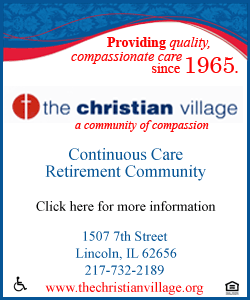|
 Feal, who along with other first responders and victims' family
members was allowed an advance look at the museum before its formal
opening on May 21, found himself sizing up bits of broken and
twisted steel for something resembling the piece that had crushed
his left foot - changing the direction of his life. Feal, who along with other first responders and victims' family
members was allowed an advance look at the museum before its formal
opening on May 21, found himself sizing up bits of broken and
twisted steel for something resembling the piece that had crushed
his left foot - changing the direction of his life.
"I was saying, that one's too small, that one didn't do it. That one
there, the big one, that one could have done it," Feal said, as he
stood flanked by three fellow first responders, who each face an
array of health challenges.
Through his Feal Good Foundation, Feal has pushed for funding and
health care for first responders, including the James Zadroga 9/11
Health and Compensation Act, which expires in 2016.
The museum, eight years in the making, was the subject of
innumerable disputes over how best to document the day when hijacked
planes slammed into the World Trade Center, the Pentagon and a field
near Shanksville, Pennsylvania, killing nearly 3,000 people.

In the hours before Feal's visit, a stream of family members and
first responders had universally positive things to say about the
museum. The New York Times wrote that it delivered a "gut-punch
experience" and New York Magazine called it a "spectacularly
mournful institution."
On display are items large and small - a Hudson River retaining wall
that survived the attacks and a pair of shattered eyeglasses.
Visitors can listen to telephone messages left to loved ones by
those who would die in the towers, and cockpit recordings from the
doomed airplanes.
"When I come to this area I smell 9/11," said Carol Paukner, a
former New York City Transit police officer, who was trapped in one
of the towers when it collapsed. "I was glad to have people around
me who care about me."
[to top of second column] |

For Paukner and thousands of other first responders, the legacy of
September 11 continues as they battle myriad health problems, some
linked to breathing in the dust from the collapsed towers. Paukner
has just learned she has cancer.
"I hope that a lot of people come down and get educated on what 9/11
is all about and please vote for the politicians who are going to
help us with all of our health effects," she said.
As if on cue, U.S. Representative Carolyn Maloney, a sponsor of the
Zadroga bill, passed by. A moment later Maloney and Feal were taking
in the moment, arm in arm.
"This is an incredible monument," Maloney said. "It's hard to take.
Every time I come back I think, maybe I'm over it. But I always
start crying."
(Reporting by Edith Honan; Editing by Lisa Shumaker)
[© 2014 Thomson Reuters. All rights
reserved.] Copyright 2014 Reuters. All rights reserved. This material may not be published,
broadcast, rewritten or redistributed.
 |